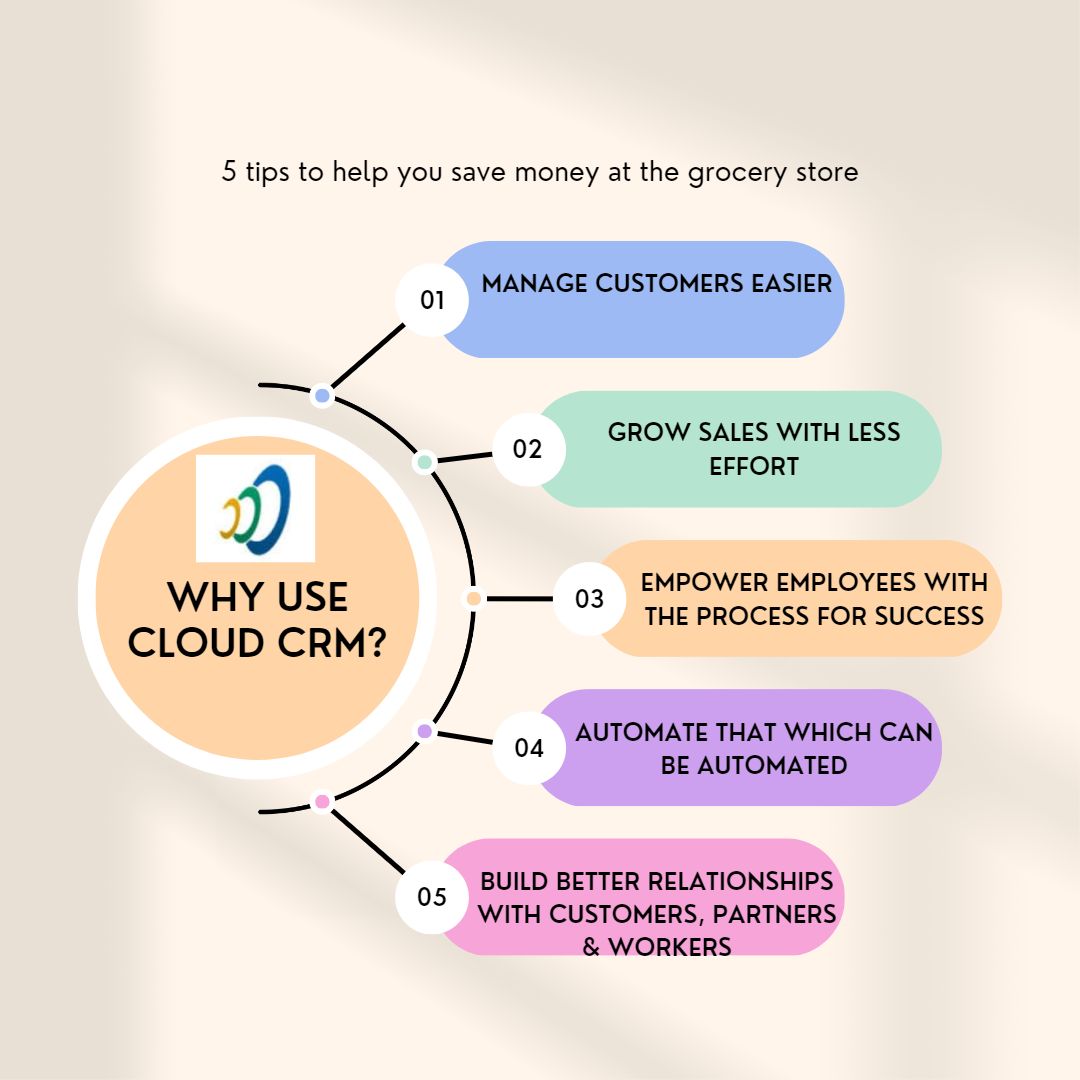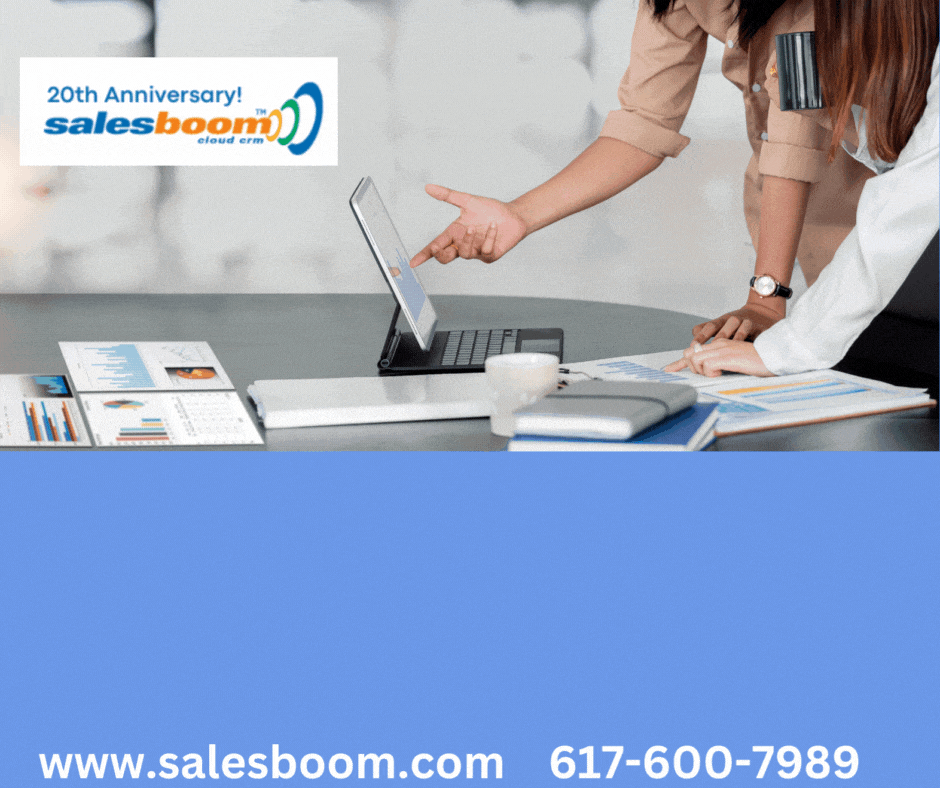SWOT Analysis: CRM Implementation for Long-term Care and Rehabilitation facilities
Content:
- Introduction
- Streamlining Care in Long-term and Rehab Facilities with CRM Technology
- What is a SWOT Analysis for a CRM implementation?
- SWOT Analysis for Healthcare CRM in Long-term Care and Rehabilitation:
- Sample SWOT Analysis for Healthcare CRM in Long-term Care and Rehabilitation:
This blog post aims to provide a comprehensive overview of CRM implementation in long-term care and rehabilitation facilities, balancing the technological benefits with the need for personalized care.

While a Healthcare CRM system in long-term care and rehabilitation offers significant advantages like improved patient engagement and efficient data management, it also faces challenges like high costs and data security concerns.
Opportunities in technological advancements and the expanding market provide a promising future, but threats from competition and cybersecurity risks need to be carefully managed.
Streamlining Care in Long-term and Rehab Facilities with CRM Technology
Conducting a SWOT analysis for a Healthcare Customer Relationship Management (CRM) system in the context of long-term care and rehabilitation facilities involves evaluating the internal and external factors that can influence the effectiveness and success of the CRM system.
Here's an overview of what this might look like:
What is a SWOT Analysis for a CRM implementation?
SWOT Analysis for Healthcare CRM in Long-term Care and Rehabilitation:
In the world of long-term care and rehabilitation, the balance between efficient management and compassionate, personalized care is essential.
Customer Relationship Management (CRM) systems, though often associated with business sectors, are increasingly proving their worth in healthcare settings, particularly in long-term care and rehabilitation facilities.
This blog post delves into the strengths, weaknesses, opportunities, and threats of integrating CRM systems in these specialized healthcare environments.
Strengths:
A key strength of CRM systems in long-term care and rehabilitation is their ability to offer detailed tracking of each patient’s care journey.
This includes monitoring treatments, medication schedules, and patient progress over time.
Moreover, CRMs facilitate improved communication among healthcare providers, therapists, and families, ensuring that everyone involved in a patient's care is on the same page.
Additionally, the data-driven insights provided by CRM systems are invaluable in tailoring treatment and rehabilitation plans to individual patient needs.
From an administrative perspective, the automation of routine tasks like billing and scheduling by CRM systems can significantly enhance operational efficiency.
Weaknesses:
However, the implementation of CRM technology in long-term care settings is not without its challenges.
The initial setup and ongoing maintenance of CRM systems require substantial resources, both in terms of time and finances.
Training staff to effectively use these systems can be a significant undertaking, especially in facilities with high turnover rates.
Additionally, some CRM solutions may lack the necessary customization to fully meet the unique requirements of long-term care and rehabilitation patients.
Opportunities:
The opportunities presented by CRM systems in this sector are numerous. These systems can enable remote engagement with patients’ families, offering them real-time updates on their loved ones' care and progress, thus fostering transparency and trust.
Integration with wearable health technologies and remote monitoring tools can provide valuable real-time health data, enhancing patient care.
Furthermore, the efficient management capabilities of CRM systems can allow facilities to expand their services and accommodate a larger number of patients.

Threats:
Yet, there are risks that need careful consideration. The handling of sensitive health data in long-term care and rehabilitation facilities demands robust security measures to safeguard against data breaches.
Ensuring compliance with healthcare regulations like HIPAA can also pose a complex challenge. Additionally, there is a risk that an over-reliance on technology could overshadow the essential element of personal care that is so crucial in these settings.
Integrating CRM systems in long-term care and rehabilitation facilities offers a pathway to more efficient and effective patient management.
While there are significant challenges to be navigated, particularly around resource allocation and data security, the benefits of enhanced patient tracking, improved communication, and operational efficiency are substantial.
For facilities committed to advancing the quality of care while maintaining a personal touch, CRM technology represents a strategic and valuable tool.
Sample SWOT Analysis for Healthcare CRM in Long-term Care and Rehabilitation:
The following analysis provides an overview of the potential impacts of CRM implementation in long-term care and rehabilitation facilities.
The strengths and opportunities focus on improved patient management and care efficiency, while the weaknesses and threats highlight the need for careful planning, resource allocation, and maintaining a balance between technology and personal care.
Strengths:
-
Enhanced Patient Tracking: CRM systems provide comprehensive tracking of patient progress, treatments, and medication schedules, which is crucial in long-term care settings.
-
Improved Communication: They facilitate better communication among caregivers, therapists, and family members, enhancing coordination of care.
-
Data-Driven Decision Making: CRMs can analyze patient data over time, aiding in the development of more effective treatment and rehabilitation plans.
-
Efficiency in Administrative Tasks: Automation of administrative tasks, such as billing and scheduling, frees up staff time for more patient-focused activities.
Weaknesses:
-
Resource Intensive Implementation: The setup, customization, and maintenance of CRM systems require significant resources, which can be a challenge for long-term care facilities operating with tight budgets.
-
Training and Adoption: Ensuring that all staff members are properly trained and comfortable with using the CRM can be time-consuming and challenging, especially in facilities with high staff turnover.
-
Limited Customization in Off-the-Shelf Solutions: Some CRM solutions may not offer the level of customization needed to address the specific needs of long-term care and rehabilitation patients.
Opportunities:
-
Remote Family Engagement: CRMs can offer platforms for family members to stay updated on the care and progress of their loved ones, improving transparency and trust.
-
Integration with Health Technologies: The potential to integrate with wearable health technologies and remote monitoring tools can enhance patient care and provide real-time health data.
-
Expansion of Services: Efficient management through CRM can enable facilities to expand their services and accommodate more patients.
Threats:
-
Cybersecurity Risks: Handling sensitive health data in long-term care and rehabilitation settings requires stringent security measures to protect against breaches.
-
Regulatory Compliance: Ensuring that CRM systems are compliant with healthcare regulations, such as HIPAA in the U.S., is essential and can be complex.
-
Dependence on Technology: Over-reliance on CRM systems can risk overshadowing the personal care element critical in long-term and rehabilitative care.
There are many benefits to focusing on CRM implementation in long-term care and rehabilitation facilities, based on the SWOT analysis.
Are you involved in a long-term care or rehabilitation facility considering the integration of CRM technology? Share your thoughts or experiences below.
If you're looking for guidance on how to implement CRM systems effectively in your facility, our team is ready to assist with tailored solutions. Contact us for a consultation that aligns with your facility's unique needs and goals.